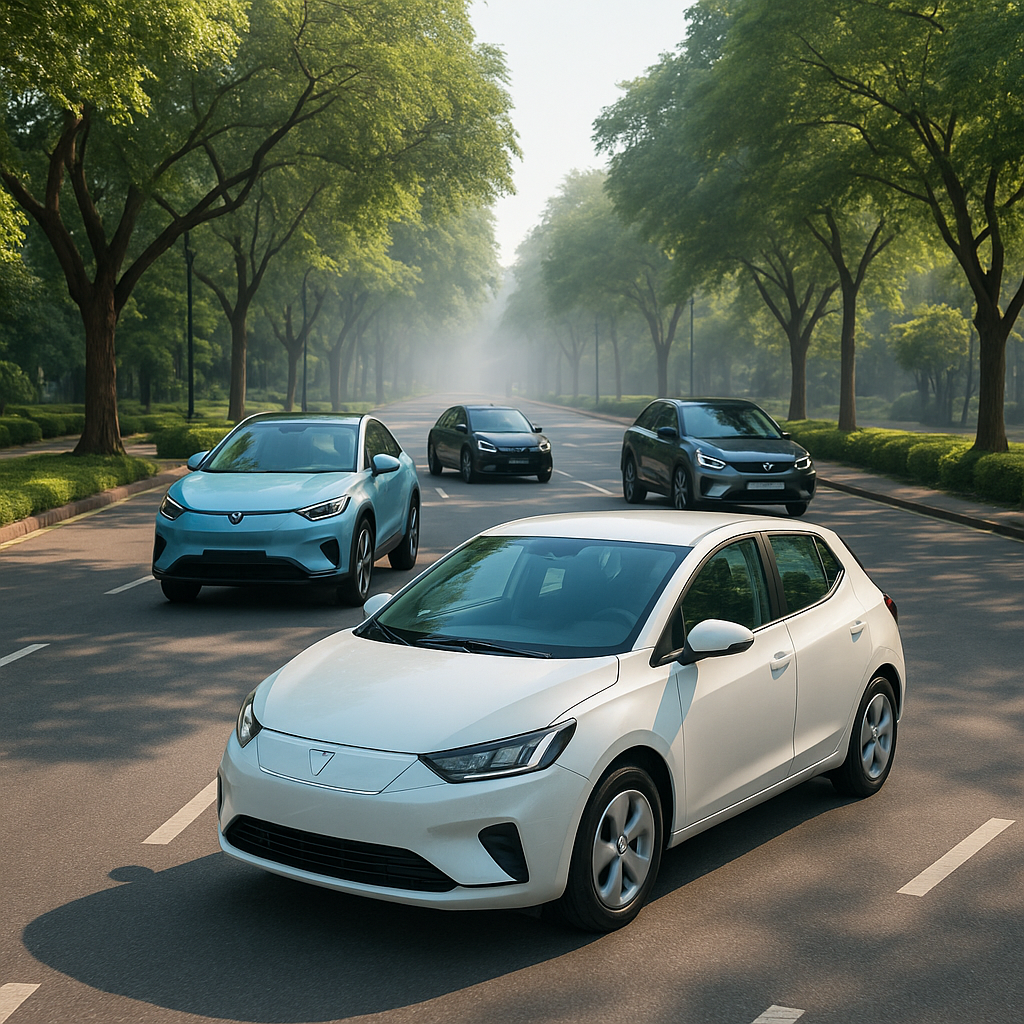“Silent Streets, Loud Shift: India’s Electric Revolution is Here”
Not long ago, the loud hum of scooters and the growl of diesel engines were trademarks of Indian streets. Today, that familiar noise is fading. In its place? A quiet surge of electric vehicles gliding through cities and small towns alike. It’s not just a shift in technology—it’s a shift in mindset. India’s journey toward an electric future is picking up speed, but there’s one question sparking concern behind the scenes: can our power grid keep up with this electrifying pace?

The current infrastructure, designed long before the EV wave, is now facing an unexpected surge in electricity demand. Most EVs are charged at night when power usage already spikes due to residential needs. If millions begin plugging in their vehicles simultaneously, it could lead to localized grid failures, voltage drops, or even blackouts in overburdened areas.
According to a report by NITI Aayog, India’s electricity demand could increase by 100–150 terawatt-hours annually by 2030 due to EV charging alone. This calls for urgent upgrades to the grid, including smarter energy management systems, widespread adoption of solar-powered charging stations, and robust infrastructure in Tier-2 and Tier-3 cities, which are seeing a faster rise in EV sales.

Moreover, while big cities like Delhi and Bengaluru are investing in fast-charging networks, rural and semi-urban areas still lack the basic EV charging infrastructure. Without a decentralized and renewable-powered grid expansion, the EV dream risks becoming an urban privilege rather than a nationwide movement.
However, the challenge also brings opportunity. India’s growing focus on green hydrogen, smart grids, and battery swapping technologies shows promise. Companies like Tata Power and Adani Electricity are already working on integrating AI-driven load balancing systems to manage electricity usage more efficiently.

The road ahead isn’t without bumps, but the momentum is undeniable. With the right mix of policy, innovation, and public-private partnerships, India can not only sustain its EV boom but also become a global leader in clean mobility.
Because in the race toward a greener future, it’s not just about the speed of adoption—it’s about charging ahead smartly, sustainably, and inclusively.
